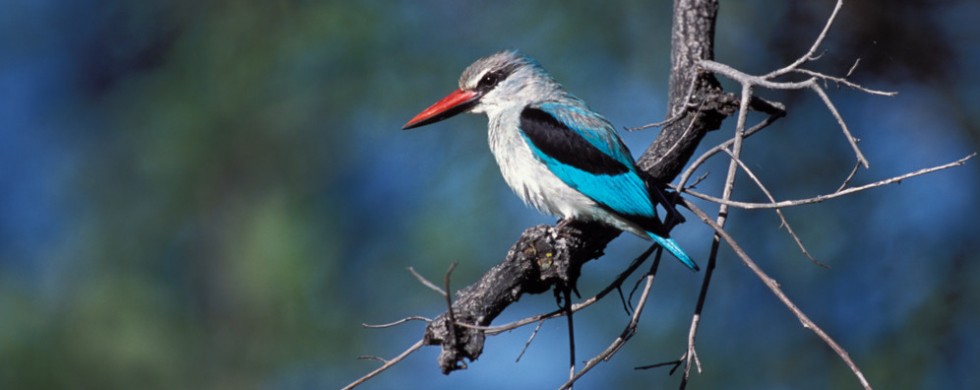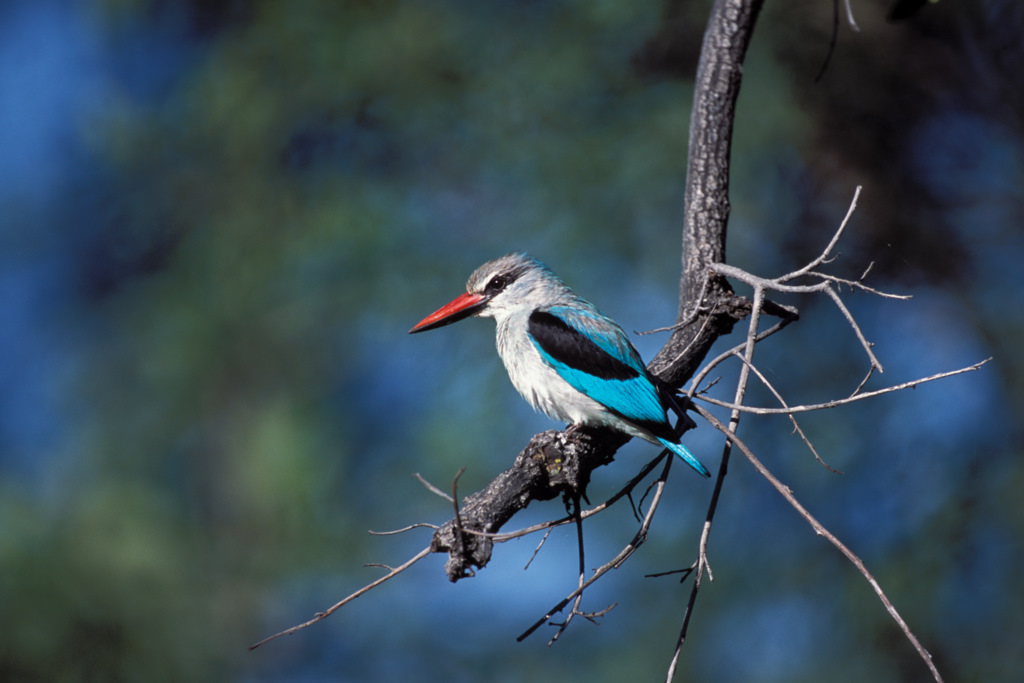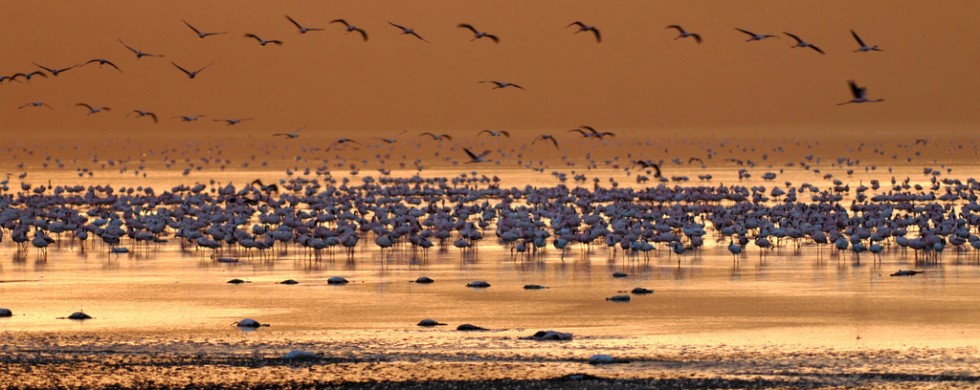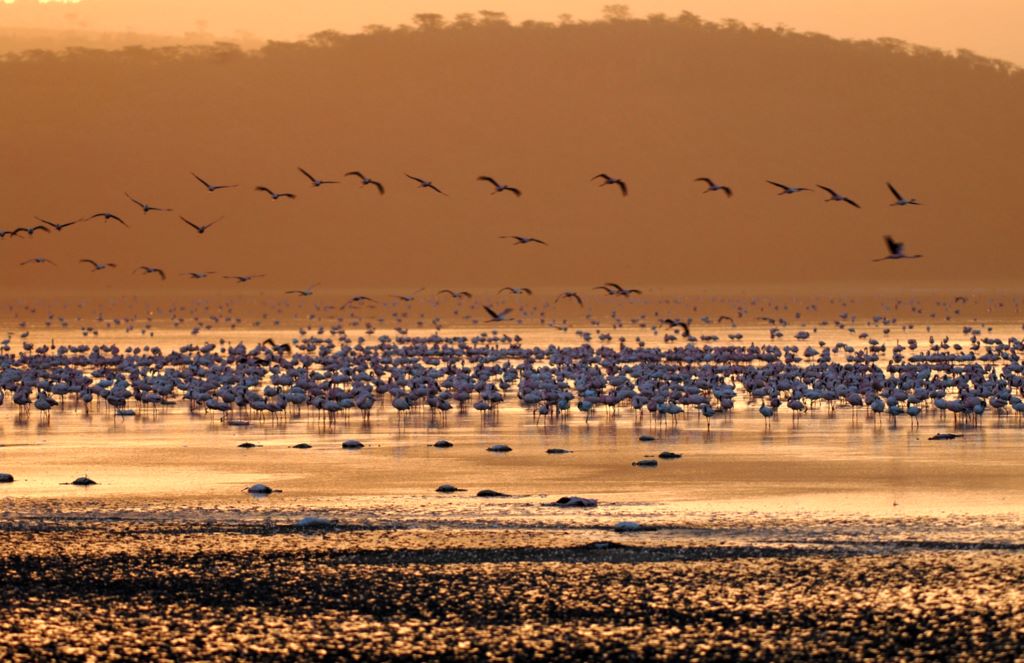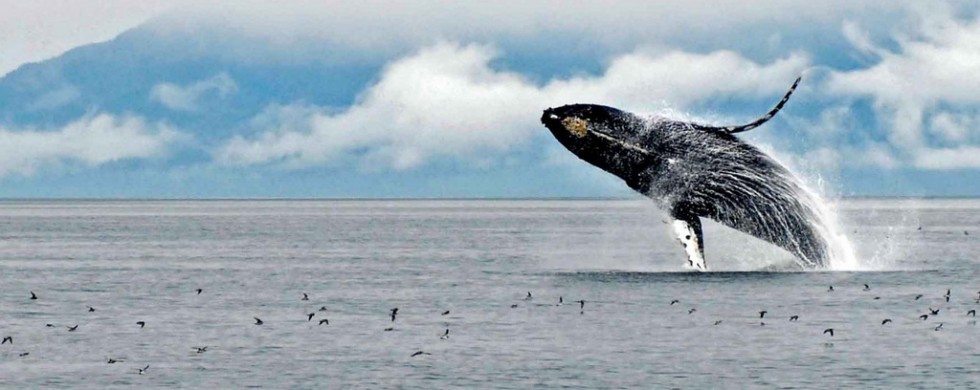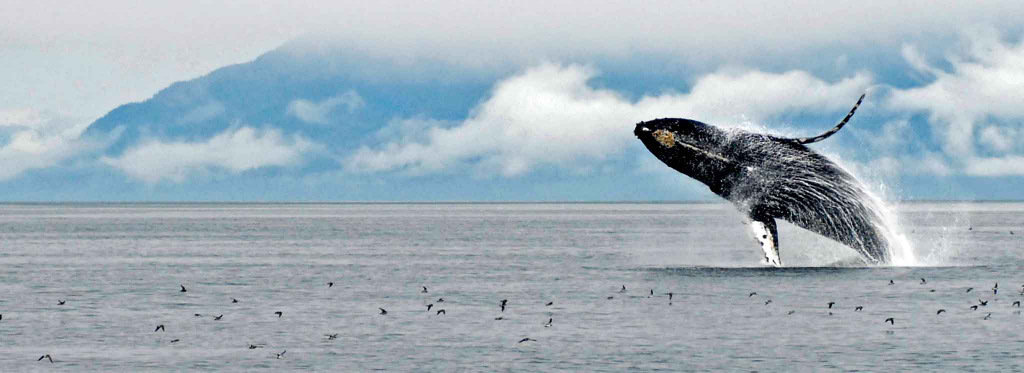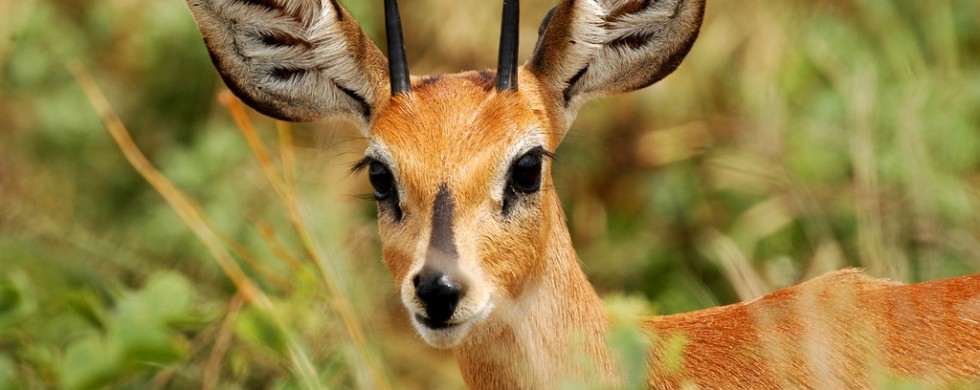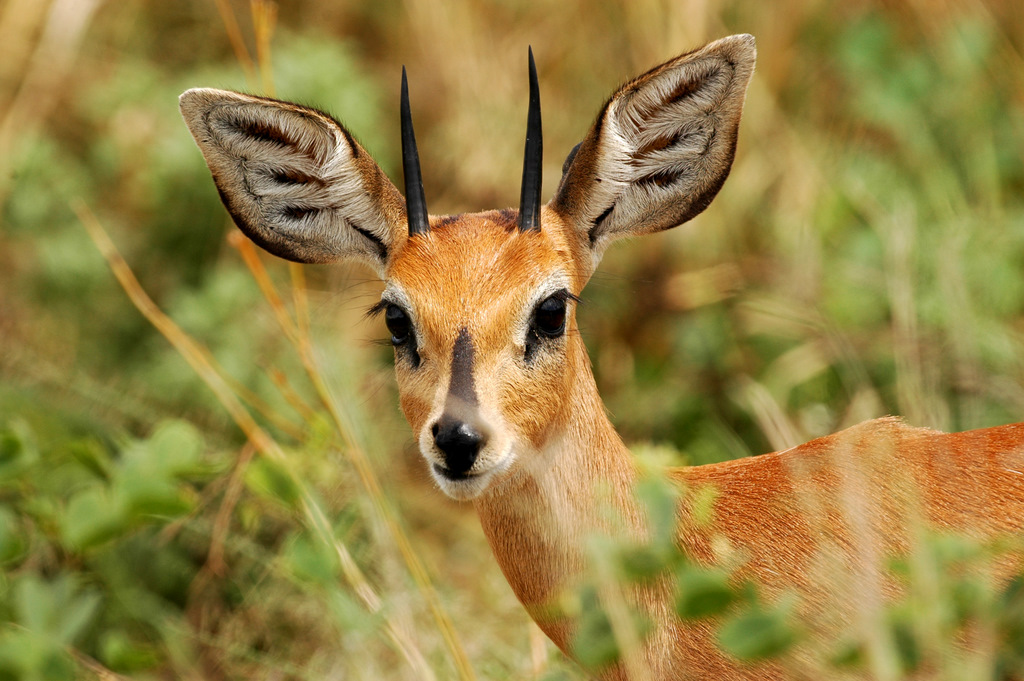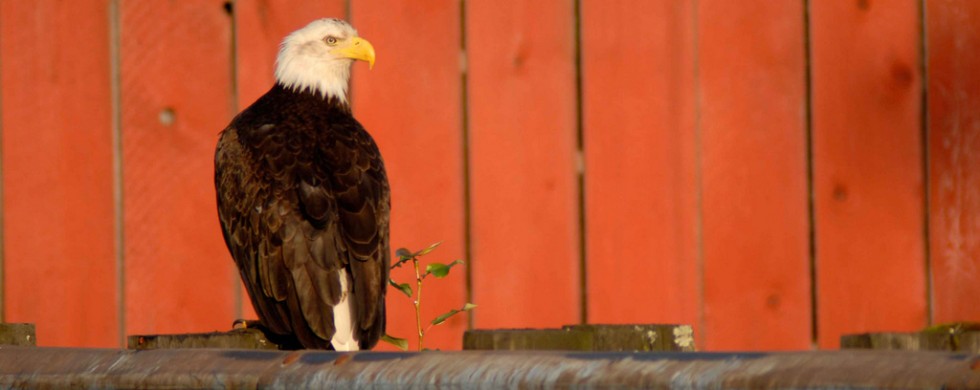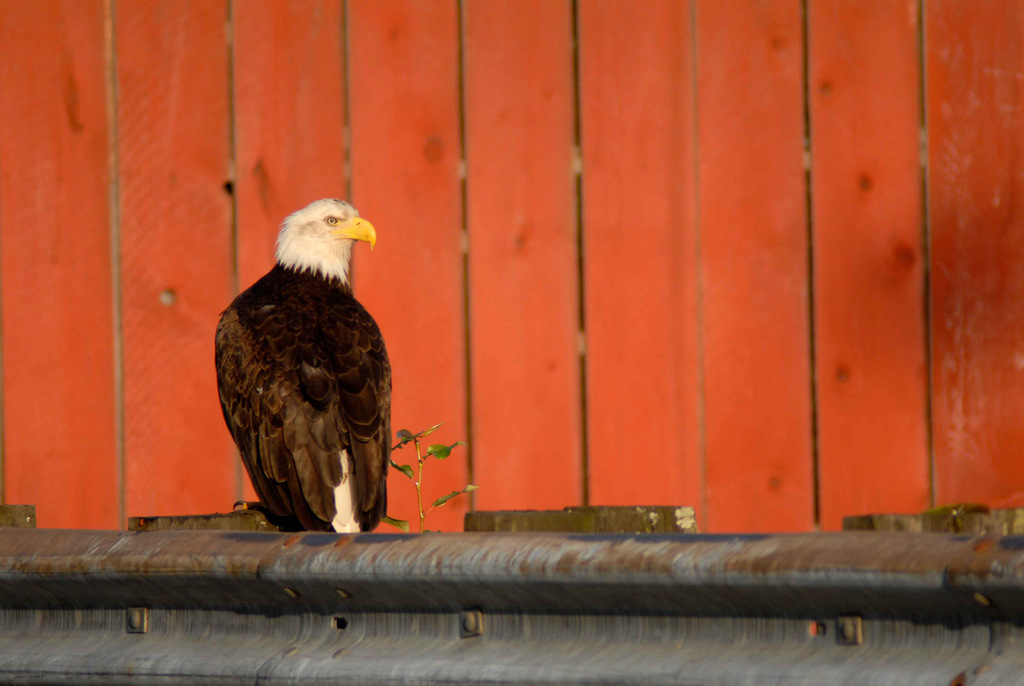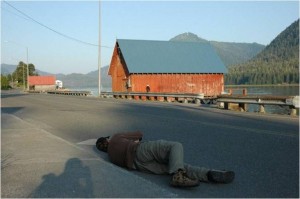15
Shot of the Month – November 2010
Kingfishers are famous for their dramatic hovering and diving skills in catching, as their name implies – fish. Turns out, however, that not all kingfishers can be so easily “pigeonholed” (is that a pun?).
There are over 90 types of kingfishers and many of them live near the water and dine primarily on a diet of fish.
There are many others though that can live quite far from water and eat just about everything except fish.
The Woodland Kingfisher, shown here, is found in a variety of, typically drier, wooded habitats. It feeds primarily on insects (grasshoppers preferred, thank you) though its diet is vast and can include snakes, amphibians, arthropods, and sometimes fish if locally available. Most kingfishers hunt from a preferred perch or branch. They typically dive down, grab their prey, and return to the perch to feed. The dining routine normally includes beating the prey senseless against a branch to render it docile and soften the morsel for easier swallowing.
Regardless of the diet, all kingfishers share a common look. They have large heads, long dagger-like bills, short legs, and stubby tails. Kingfishers tend to be brilliantly colored with most having blue or green dominating their color palette.
The majority of kingfishers live in the tropics of Africa and Asia though a few can be found in temperate zones. The US has only 3 types of kingfishers (Common, Belted, and Green). South America, although tropical also only has 5 types of kingfishers. The tiny African country of Gambia, for comparison, has 8 species within its national borders.
The Woodland Kingfisher is found in Africa and lives within 8 degrees, north, and south, of the equator. Those birds living on the outer fringe migrate into the equatorial zone in the dry season. I photographed this fine-looking fellow in northern Botswana.
As you can see kingfishers are a diverse lot that can span a broad range of terrains and survive on a surprising variety of prey. So, the next time you spot a kingfisher, don’t be surprised if fish are nowhere to be found.
🙂

